The unethical breed traits that can cause harm and health issues in cats
If you’re thinking about getting a cat, it’s important to do your research first. Certain breeds of cat are bred to have traits that are considered cute and desirable for cat owners. But some of these traits can lead to a lifetime of pain and suffering for the cat.
Many people are not aware of the health problems that cats with extreme characteristics can suffer. Veterinary Surgeon Sarah Elliott lists the top breed traits that are bad for cats.
1. Folded ears
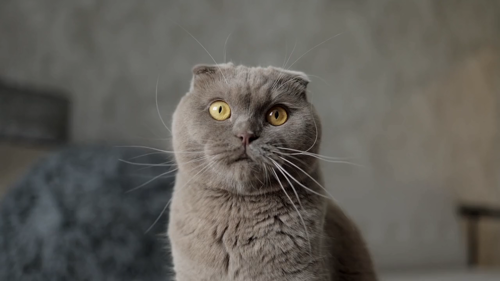
Breeds such as the Scottish Fold are intentionally bred to have folded ears. An inherited genetic defect affects the cartilage in the ears, causing them to fold. But this defect also causes abnormal bone and cartilage growth throughout their body. As a result, they experience severe pain from arthritis in their joints. Find out more about cats with folded ears.
2. Short legs
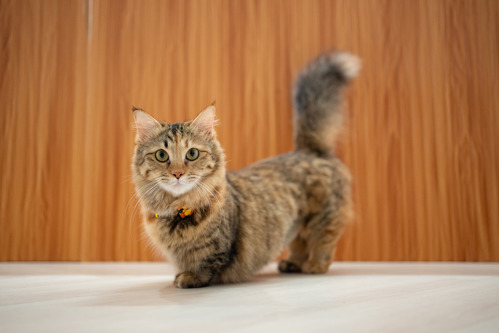
Cats with short legs, such as Munchkin, Bully and Dwelf cats, have been purposefully bred to display characteristics of dwarfism. Dwarfism in cats is the result of a genetic defect that can lead to painful arthritis. This causes problems with their general mobility and quality of life. Find out more about dwarfism in cats.
3. Flat-faced
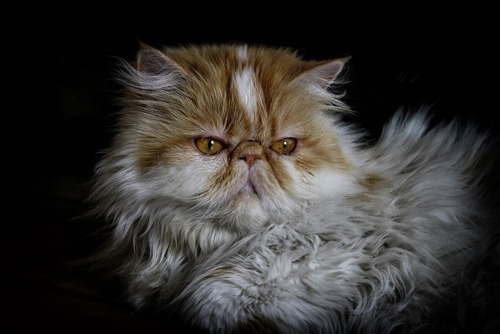
Flat-faced cats, such as Persians, are also known as brachycephalic cats. They are intentionally bred to have shorter and more compact faces, changing the natural shape of their skull. This makes it harder for them to breathe and can also cause problems with their eyes and teeth. They can also have problems eating, drinking and grooming. Find out more about flat-faced cats.
4. Hairlessness
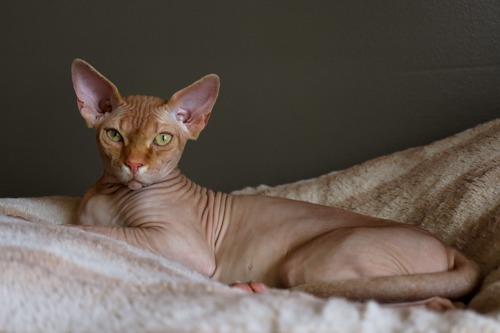
Breeds such as Sphynx, Bully and Dwelf cats are bred with no hair on their body. This lack of fur can lead to behavioural problems as they cannot exhibit their natural grooming behaviour. They can also have skin problems due to excessive skin oils or damage from trying to groom hairless skin. Having no fur also means they can struggle to keep warm and are more at risk of sunburn. As well as no fur, they also don’t have whiskers. Whiskers are an important sensory tool and without them they can struggle to navigate their environment. Find out more about hairless cats.
5. No tail
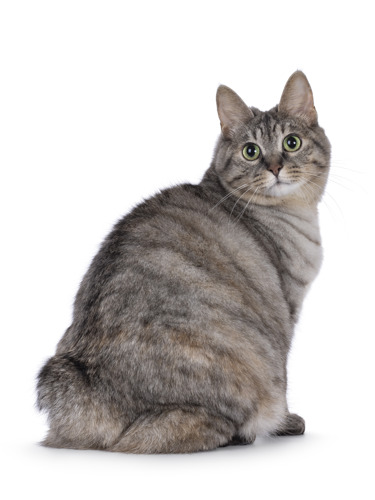
Cats such as Bobtail and Manx cats have very short tails, or no tail at all. This is caused by a severe genetic defect that results in damage to the spine and nerves. It also increases the risk of cats developing painful arthritis at a young age.
6. Part wildcat
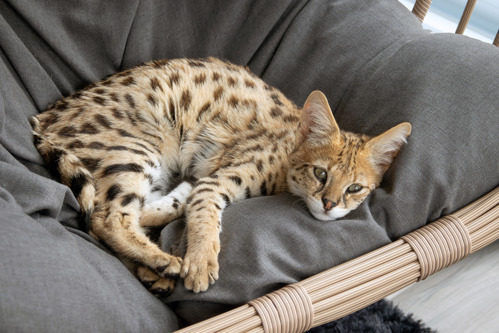
Exotic or wildcat hybrid cats are created by breeding a domestic cat and a wildcat together. These breeds include Chausie and Savannah cats. The direct breeding of a wildcat with a domestic cat is very unethical, especially for the domestic cat involved. It also produces breeds which have very complex needs that are difficult to meet in a domestic home. Find out more about hybrid cats.
Find more advice about getting a pedigree cat.
Help us end unethical cat breeding
At Cats Protection, we’re here for every cat. That includes cats who have been bred with extreme traits that impact their health and wellbeing.
But we believe it is morally wrong to breed cats with genetic defects that cause pain and a poor quality of life. That's why we’re determined to end the breeding of extreme physical characteristics in cats. Sign our petition calling for cat breeding to be regulated across the UK.



